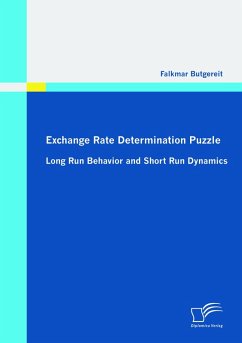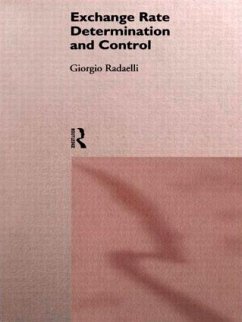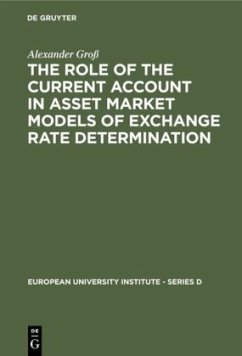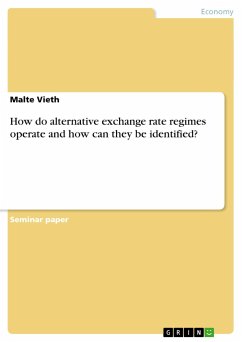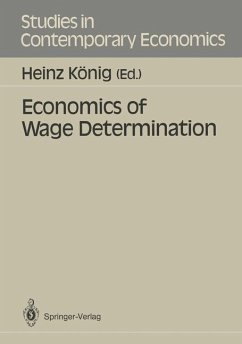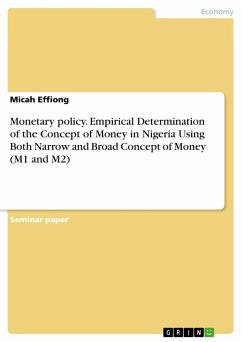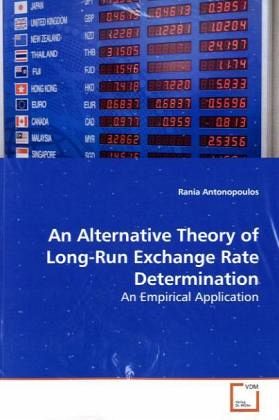
An Alternative Theory of Long-Run Exchange Rate Determination
An Empirical Application
Versandkostenfrei!
Versandfertig in 6-10 Tagen
32,99 €
inkl. MwSt.

PAYBACK Punkte
16 °P sammeln!
Conventional exchange rate models are based on thefundamental hypothesis that, in the long run, realexchange rates adjust in such a way as to makecountries equally competitive, eliminating tradesurpluses and deficits. The contention of this book,based on the theoretical underpinnings of absolutecompetitive advantage, is that movements of long-runexchange rate are determined by real unit costs oftradable goods. According to this argument, theempirical finding of persistent trade imbalances isnot the exception, but rather an anticipated outcome.When competitive absolute advantage replaces the, a...
Conventional exchange rate models are based on the
fundamental hypothesis that, in the long run, real
exchange rates adjust in such a way as to make
countries equally competitive, eliminating trade
surpluses and deficits. The contention of this book,
based on the theoretical underpinnings of absolute
competitive advantage, is that movements of long-run
exchange rate are determined by real unit costs of
tradable goods. According to this argument, the
empirical finding of persistent trade imbalances is
not the exception, but rather an anticipated outcome.
When competitive absolute advantage replaces the, all
too often embraced, principle of comparative
advantage a framework emerges that stands in
opposition to orthodox models. A theoretically
grounded, empirically robust explanation of real
exchange rate movements is constructed that can be of
practical use to researchers, but also, and equally
importantly, to policymakers.
fundamental hypothesis that, in the long run, real
exchange rates adjust in such a way as to make
countries equally competitive, eliminating trade
surpluses and deficits. The contention of this book,
based on the theoretical underpinnings of absolute
competitive advantage, is that movements of long-run
exchange rate are determined by real unit costs of
tradable goods. According to this argument, the
empirical finding of persistent trade imbalances is
not the exception, but rather an anticipated outcome.
When competitive absolute advantage replaces the, all
too often embraced, principle of comparative
advantage a framework emerges that stands in
opposition to orthodox models. A theoretically
grounded, empirically robust explanation of real
exchange rate movements is constructed that can be of
practical use to researchers, but also, and equally
importantly, to policymakers.



